I’ve just returned from a successful Bird Photography Tour in Serbia with my two clients Ian and Alec. During the seven night all inclusive tour we used some excellent hides which really delivered, and we experienced incredibly consistent weather. We all managed some ‘firsts’ including the extravagant looking Hoopoe.!
A late night flight to Belgrade meant a quick stop over before being picked up the next morning. We were soon on the road, heading towards Subotica in the province of Vojvodina. Subotica is the most Northern city in Serbia, with many Hungarian influences. After checking into Hotel Galleria we were soon taken for our first hide session: the Tower Hide. Situated in flat, largely agricultural land this hide overlooks a number of small trees used by various breeding birds. This is a one-way glass hide which helps to reduce disturbance; the disadvantages are in loss of light – you lose around a stop. And yes, it can reduce sharpness a little, but with good light and good equipment I think it really is negligible. Nest boxes close to the hide allow amazing views of European Roller, Common Kestrel and Red footed Falcon. Perches have been expertly positioned, giving stunning backgrounds at a good distance for the majority of ‘wildlife’ lenses. During our first session we captured beautifully lit portraits and I managed to bag a decent flight shot of a Roller… after failing miserably last year.! The hide gets very hot, but such is the nature of wildlife photography – it is a case of suffering for your art. The results are worth it! You can see some Roller Video Footage on my YouTube Channel






Shooting during this time of year means early starts and the next morning we were out for 5.00am to try the Hoopoe hide. This was a real bonus, having only been set up this year by our hosts. I wasn’t too sure what to expect but it turned out to be one of my favourite hides. Myself and Alec settled into the bigger hide whilst Ian had a pop up hide to himself – both positioned at the same distance from the nesting Hoopoes. Between us we shot with a mixture of 400mm, 500mm and 600m – all Canon gear.! The setting is just beautiful; perfect for the early morning light with a mixture of background colours and some semi-shade. After taking portraits we all had a go at flight shots, such was the frequency of the returning parent birds.



After a midday break and some lunch we headed for our next photography hide – the drinking pool. This is essentially a reflection pool situated within a woodland site, regularly used by a good selection of birds. The light here is best in the afternoon when the sun is directly behind. The great thing about this type of hide is you never know what’s going to turn up.! The record is around 15 species in one session and we did pretty well – reaching about 12. Both male and female Hawfinch were a delight as they came to drink and bathe; other birds included Tree pipit, male Blackcap, Jay and the beautiful Turtle Dove. The real highlight was when a juvenile Sparrowhawk came in!

After teasing us in the branches it finally dropped down and began to splash in the pool – just yards away! A magical encounter. The visit was a prolonged one… the longest I’ve ever watched a Sparrowhawk for. Whilst this is great if you’re a huge Sparrowhawk fan (like me!) it doesn’t help to attract the smaller birds.! Eventually the bird left and we got a few more images of various species before the light levels started to drop. Light levels aren’t really an issue for filming so I made sure to get some Video footage including this Bathing Jay!





Another early start and this time for pop-up hides at the Bee-eater colony. If you want to photograph colourful birds then you can’t do much better than a Bee-eater! Our host set up the hides, positioned strategically towards the slim perches and then we prepared ourselves. After a bit of a wait the birds were back, landing on the perches and dazzling us in the morning sun. The light was extraordinary – bright, but somehow with a different quality that didn’t seem quite as harsh as in the UK. We photographed a number of food passes, including one with a beautiful blue dragonfly.! The sounds of these birds were beautiful too – a lovely relaxed bubbling as they whizzed around the nest site. I also captured some Bee-eater Video Footage of the food passing.



Towards the end of the tour we visited Palic Lake. This area, designated as a protected nature reserve, is a tranquil haven for birds. Palic is home to a huge Pygmy Cormorant roost, a very interesting subject to photograph, with the dark shapes dotted around the white-washed trees. The tranquillity was only broken by the calls of Egrets and Herons that constantly flew past us over the reedbed. Unlike some reserves in the UK, here there is no struggling for tripod space – in fact, we barely saw a person during three hours. Great Reed Warblers were everywhere and we all managed to get something of this vocal bird.



The long days do take their toll so I had factored in a rest morning half way through. This was a good time to explore Subotica – a beautiful and relaxing city with friendly locals and some superb food.! During the week long trip we visited each hide twice, trying to capture something different. Me and Alec visited the drinking pool again and were quite taken aback when a huge Buzzard bungled itself in by the pool – one of the highlights of the week! On the last day, I went for back-lit Hoopoe shots whilst Alec and Ian tried the drinking pool again. This time they were treated to a male Sparrowhawk. I was gutted!!


This Serbian Photography Tour will run again in mid-May 2018. You can see more Serbian Wildlife on the Gallery Page at www.paulmiguel.co.uk If you’re looking for a different destination with quality hides and a top class hotel, then this is the trip for you. Serbia really does offer very good value all round. Any questions about these bird holidays please feel free to email on paul@naturephotographycourses.co.uk or ring me on 07759485791. You may be interested in my other Small Group Nature Photography Tours
I’m looking forward to taking next years group already!
Paul Miguel
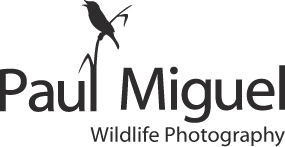
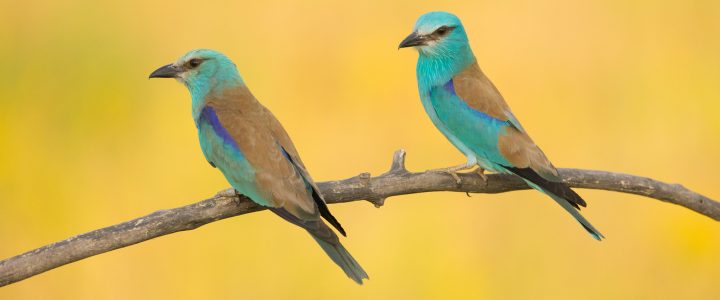

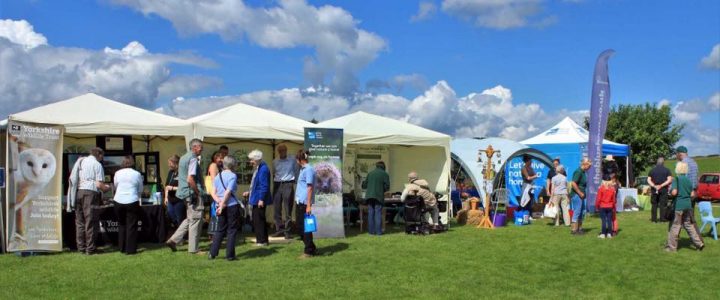

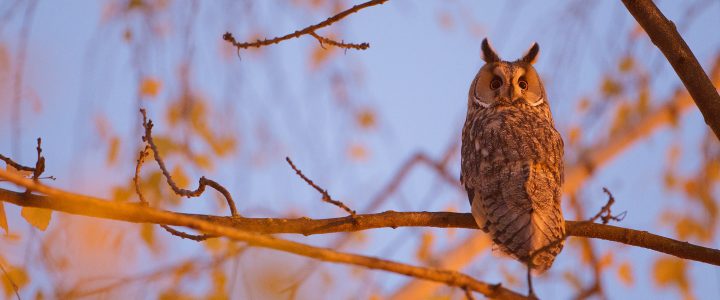

















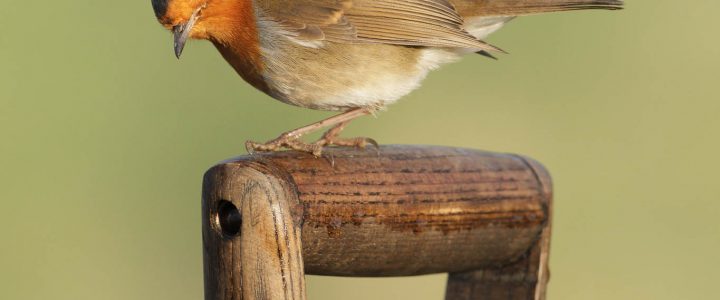

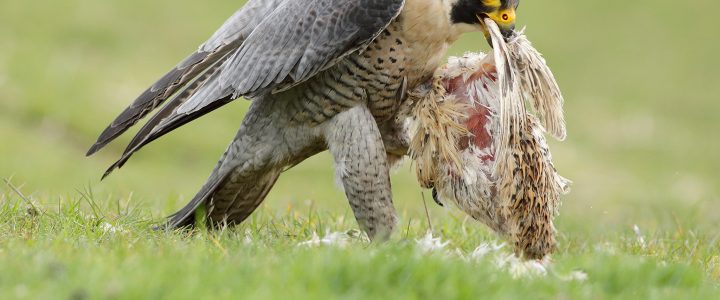






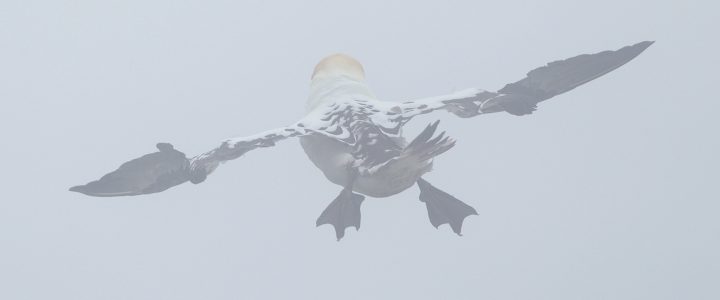
 The most difficult part was focussing. Regardless of lens speed, autofocus was having an absolute nightmare trying to lock onto wishy washy targets against a wishy washy background. I found the juvenile gannets slightly easier as the camera was able to lock on better due to their mottled plumage.
The most difficult part was focussing. Regardless of lens speed, autofocus was having an absolute nightmare trying to lock onto wishy washy targets against a wishy washy background. I found the juvenile gannets slightly easier as the camera was able to lock on better due to their mottled plumage. 
 The wind was also a real challenge. A strong easterly breeze kept the birds buffeted about and throwing sea spray onto our lenses. Yes, this was definitely a challenge!! As always its a case of keep trying and we all managed some reasonably sharp flight images including the additional guillemots, razorbills and kittiwakes.
The wind was also a real challenge. A strong easterly breeze kept the birds buffeted about and throwing sea spray onto our lenses. Yes, this was definitely a challenge!! As always its a case of keep trying and we all managed some reasonably sharp flight images including the additional guillemots, razorbills and kittiwakes.

